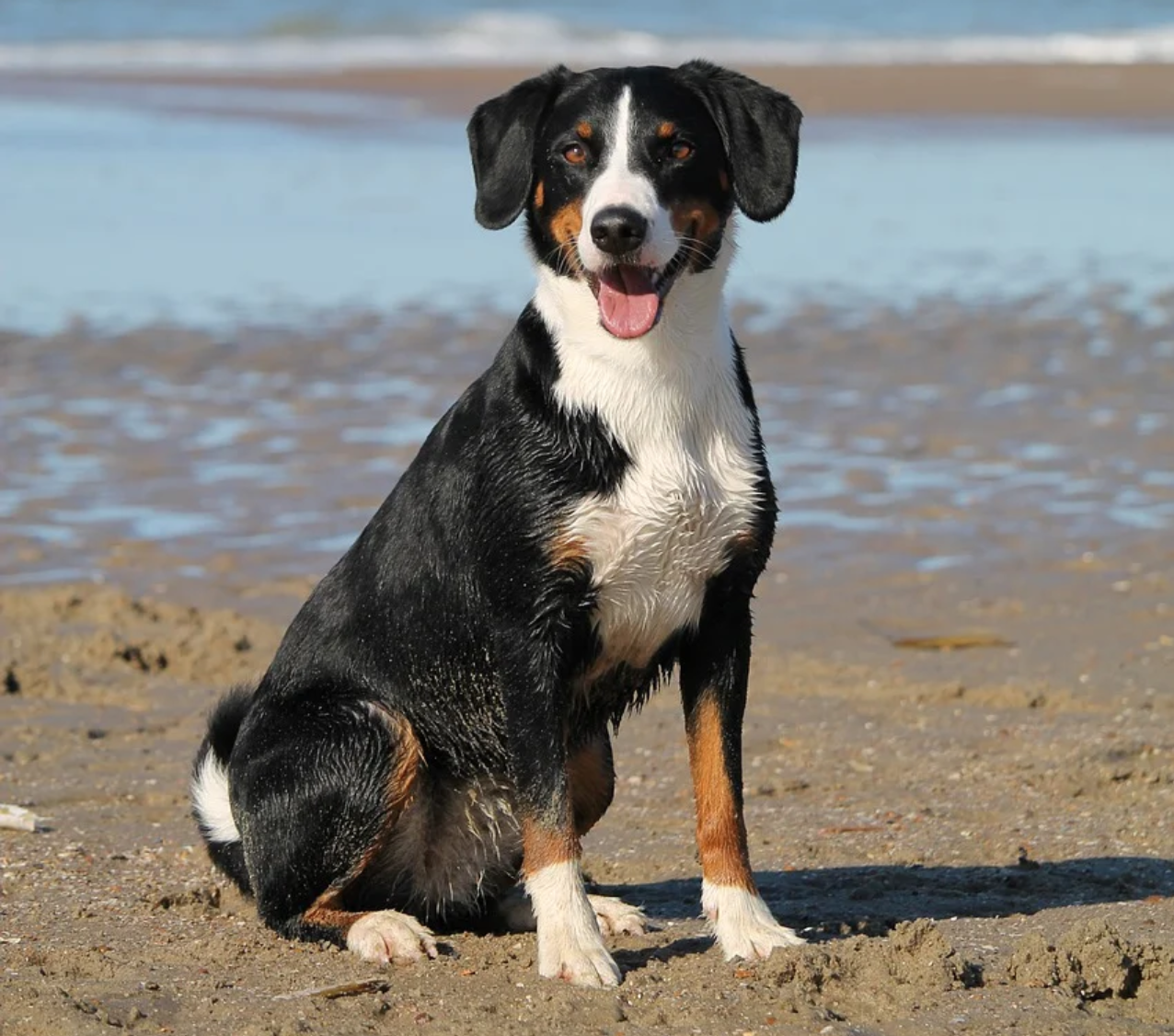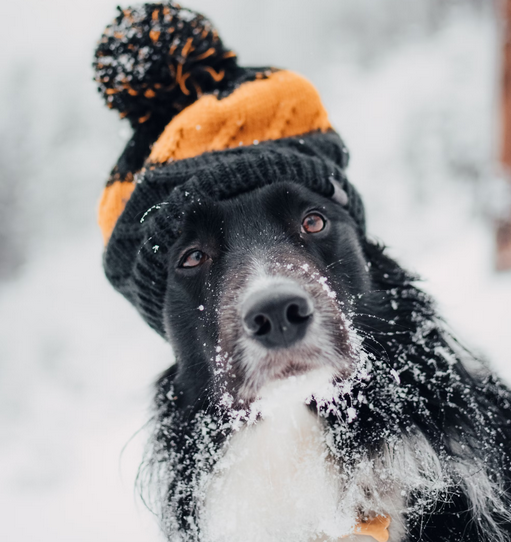Warm Weather Tips

Wow boy it sure is hot out there! At least for most of our readers anyway. We see you Australia zoos! With the summer months lots of folks are out there soaking up the sun, spending time in parks and on beaches or in forests or on mountains or all of the outdoors places that get much less traffic in the winter. A lot of those folks are bringing along their animals with them! Whether the animals are pets, companions, lovers or whatever else people are into nowadays, one thing is true about all of them. They all feel the heat as well! Some sources say that 10 out of every 50,000 humans in the US experience heat stroke per year, with more than 1300 people dying from it. And we humans aren't even covered in head to toe fur! It's important to recognize the ways that the animals in our lives express they're overheating, what to do to prevent it, and how to help if it's happening. That way everyone can have an awesome time living it up in the sun!
This article is going to mostly focus on dogs, but this advice is applicable to all animals. If you're dating a different kind of critter, make sure you do your research on the ways they express overheating!
It's pretty common knowledge that dogs don't really sweat in the same way humans do. For us, we emit liquid from our skin when we overheat to cool ourselves down. Dogs, on the other hand, pant. If you've ever been around dogs before, you've probably seen them pant. When dogs pant, they're pulling in cool air to circulate around their body, lowering their temperature while also giving them lots of oxygen Also, the part about them not sweating? That's not technically true. Dogs actually do sweat, just from two specific places. Their paw pads, and their nose. Anyway, speaking of noses, let's talk about different kinds of dogs.
The thing about dogs is that there are a ton of different breeds out there, and those different breeds are going to handle hot weather very differently. For instance, dogs with extremely thick coats like Akitas and Alaskan Malamutes are going to to have a really bad time in warm weather. Their coats are built to keep them warm in cold climates, and so they're very good at holding onto heat Short nosed dogs like Pugs and Boxers are also going to have a lot of trouble. For them, the issue is that due to the smooshed snout they aren't able to breathe as well, and so panting is less effective as a means for cooling themselves down. It's much harder for them to thermoregulate themselves. Finally, dogs that are typically heavier like Chow Chows will have a tough time too. They have layers of fat that are there to keep them warmer, and they'll find it much harder to be outside during the summer for long periods of time.
So does that mean that you're a bad pet owner if you live on the equator and own one of these dogs? No, not at all. There's just going to be more things you're going to have to do to make sure that you four legged friend is feeling fine. Make sure that you're meeting the needs of the breeds. For longer, thick coat dogs For dogs that have more issues breathing, limit the amount of exercise that you're doing in the heat. Walking around might be fine, but it might not be best to run too much, or go for any more extreme hikes.
There's also the obvious ones that are applicable to every dog. Water and shade. Make sure that your dog has lots of access to water. There are some rumors that ice water is bad for dogs, but from what I've researched that's not exactly true. Cold water is absolutely okay, and can be great for cooling a dog down, just make sure they're not driking too much too fast.
Keep an eye out for the signs of overheating. Panting is healthy, but if you're just out for a walk or even just relaxing and they're panting heavily, they could be overheating. Same with if they're overly drooling.At this stage, just be aware, give them water, and time to rest. When things are getting worse, the panting is going to start sounding different, more like gasping. Your dog may become lethargic, avoiding any unnecessary movements. They might get confused and disoriented, and begin to stumble or bump into things. This is a sign that play needs to stop immediately. Get them water and get them something cool. Give them as much time as they need to recover. At the most serious, they may begin to have diarrea, vomit, or just pass out. If things get this severe, take them to a vet immediately as it's likely they're suffering from severe heat stroke.
Remember, dogs are pretty excellent at communicating. If you give them the opportunity to rest, take a break, or just head home, they'll tell you what they want to do.
There are some dogs that do much better in warmer weather, so if you're someone who lives somewhere hot that also loves their outdoor activities, consider finding a friend who matches that energy. Chihuahuas are amazing in the heat. They're small, lean, and have a very thin coat, so they need to stay warm . Great Danes as well are pretty excellent in warm environments. Same with Greyhounds. Basically, you're looking for dogs with thin coats, that tend to be leaner, and are good with a day of exercise.
To be clear, even if you do have a dog suited better for warm weather you should still be careful. can overheat too. Just like we mentioned before, watch for signs of overheating, and make sure you're listening to what they're telling you.
And that's that! Armed with the power of knowledge, get out there and enjoy the summer while it's here! Hit the trail, visit the dog park, and have some fun!
Article written by Tarro (June 2024)
Questions, comments or concerns? Check out our discord server! discord.gg/EfVTPh45RE

